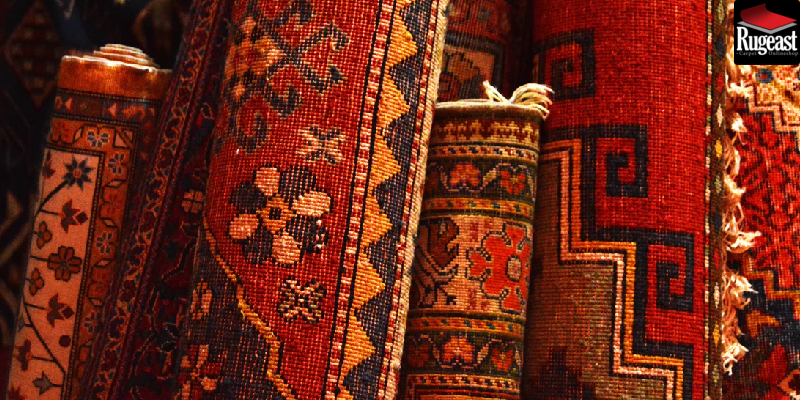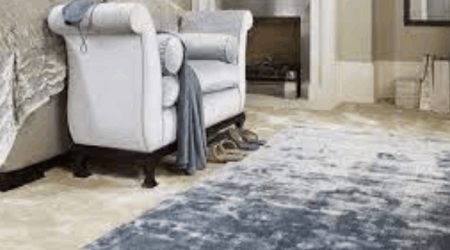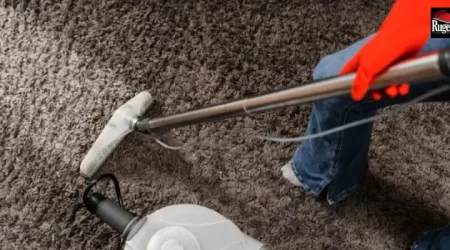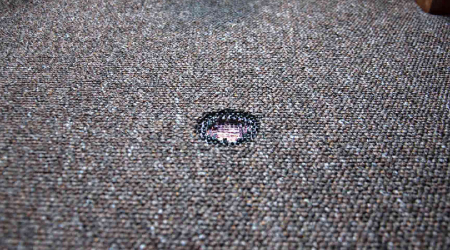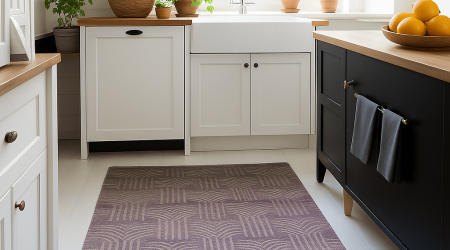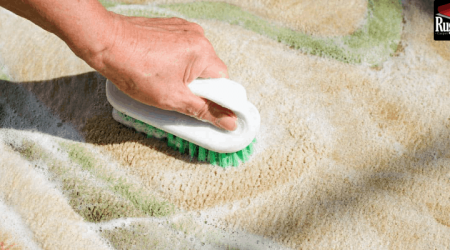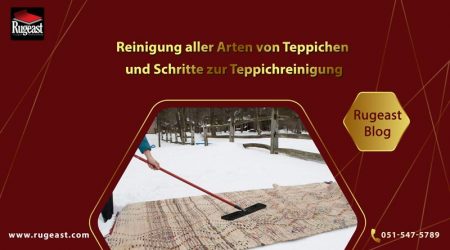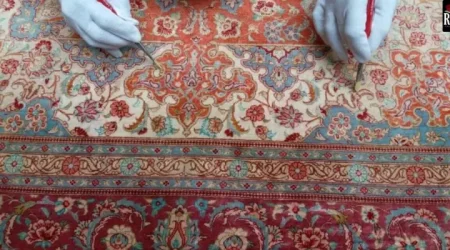Examine the meaning and concept of patterns on carpets
Patterns on the carpet are one of the attractions and essential elements in the art and craft of carpet weaving. These are patterns and designs woven into the surface of the carpet, giving it beauty, diversity, and value.
History and Significance of Carpet Patterns in German Culture
Carpet patterns have a long history and great significance in German culture. Over the years, carpet weaving and the design of patterns on carpets in Germany have evolved into an art form, exerting a noticeable influence on German culture and art.
Carpet patterns in Germany typically encompass various designs and motifs, created either by hand or with the assistance of complex and innovative machines. These patterns may include geometric shapes, flowers and plants, animals, symbols, and examples from German culture and history.
In Germany, carpet patterns are considered a crucial component of interior design and daily life. They bestow beauty and attractiveness upon a space and can have a palpable impact on people’s emotions and mood.
Beyond their aesthetic beauty, carpet patterns in Germany also carry deeper meanings. Some patterns may be inspired by myths and ancient German stories, referencing the history and culture of the country. Furthermore, certain patterns may serve as symbols of the beliefs and convictions held by the German population.
As such, carpet patterns in Germany are regarded as an integral part of the country’s art and culture. Their details and designs not only provide beauty and allure but also allude to the history and values of Germany.
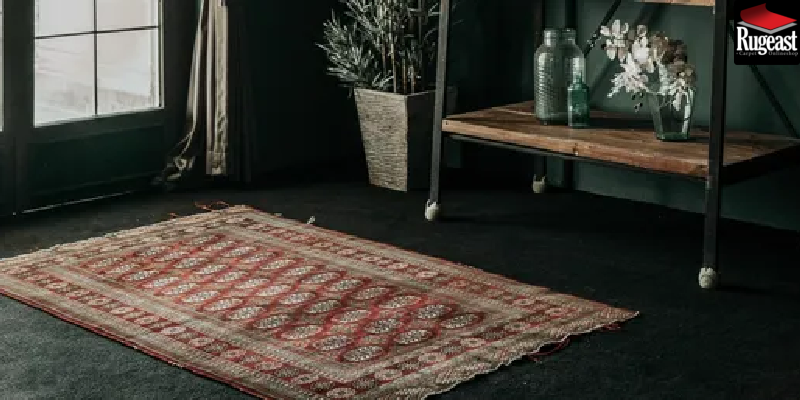
Have German carpet patterns undergone changes throughout history?
Yes, the patterns on carpets in Germany have undergone changes throughout history. These changes have been influenced by various factors such as technology, fashion, artistic preferences, social and cultural changes, as well as interactions with other cultures and art forms.
In different historical periods in Germany, carpet patterns were subject to the rulers and power structures. For example, the influence of the Roman Empire and cultural interactions with other countries during the Renaissance in Germany is evident in carpet patterns. During this time, geometric patterns and designs with complex and precise geometric shapes were frequently used.
In later periods such as the Baroque and Romantic eras, the taste and use of carpet patterns changed. In the Baroque period, patterns were complex, detailed, and opulent. In the Romantic era, however, simpler patterns were used, focusing more on emotions and a connection to nature.
Furthermore, with advancements in technology and industry, the techniques of carpet weaving and pattern design also changed. The use of mechanized looms and new design methods allowed for the creation of more complex and precise patterns.
Finally, the influence of other cultures and art forms on carpet patterns in Germany is also noticeable. Cultural exchange with other countries and the contributions of foreign artists and designers have contributed to the diversity and change in German carpet patterns. Therefore, throughout history, carpet patterns in Germany have undergone changes that reflect the influence of various factors on German culture and art.
Analysis of the Meaning and Concepts of Iranian Carpet Patterns
One of the reasons for the importance and uniqueness of Iranian carpet patterns is their vast variety of designs. It is practically possible to find a suitable pattern from Iranian carpet designs for every taste. This has led Iranian carpets to be among the most popular carpets worldwide.
Iranian carpet patterns are extremely diverse, especially as different designs and patterns have emerged in each region of the country based on prevailing cultures. The following examines the main Iranian carpet patterns.
Islamic Pattern
The lines and patterns of Islamic style are one of the most recognized art forms in the world. Islamic patterns draw their beauty from inspiration derived from plants. A plant with winding stems is the primary element of the Islamic pattern. Islamic carpets are curved, twisting, and intertwined. The main characteristic of the Islamic pattern is the continuous repetition of a series of patterns, making it difficult to discern the beginning and end of the lines. These carpet patterns have various derivations, such as the broken Islamic pattern, dragon mouths, and the snail pattern Tornesch.
Paisley (Boteh-Jegheh) Muster
Das Boteh-Jegheh-Muster ist ein weiteres traditionelles iranisches Design, das nicht nur auf Teppichen, sondern auch auf Stoffen verwendet wird. Einige Teppiche verwenden das Boteh-Jegheh-Muster nur in bestimmten Bereichen, während andere Teppiche vollständig mit solchen Designs gefüllt sind. Verschiedene Arten von Boteh-Jegheh-Teppichen sind der Boteh-Kherqe’i (gebrochenes Muster), Ghalmakari (Stiftarbeit), Boteh-Miri und Boteh-Sanandaj.
Gol-e-Farang-Muster
Das Gol-e-Farang-Muster, wie der Name schon sagt, ist eine Kombination verschiedener Blumenarten, insbesondere der Rosenblume. Diese Teppichmuster haben viele Designs und helle, kräftige Farben. Sie passen gut zu Häusern mit einfacher und traditioneller Dekoration, da die Teppichmuster sehr ausdrucksstark sind. Zu den abgeleiteten Mustern aus Gol-e-Farang gehören Blume und Nachtigall, Tornesch, Tornesch und Ausschüttung.
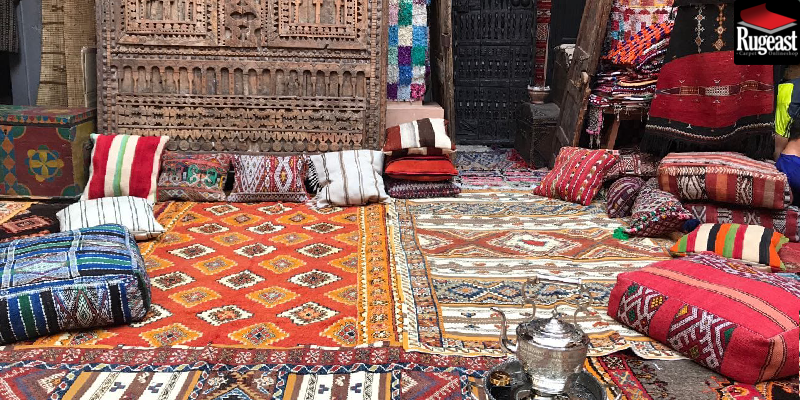
Herati Pattern
An extremely fascinating and popular pattern worldwide is the Herati pattern, also referred to as the Fish pattern. An interesting fact about the Herati pattern is that it is mentally designed without using an actual pattern. It is woven in Birjand, and hence, its origin can be traced to the eastern part of Iran. For this reason, it is also called Herati.
Naturally, this design has gradually spread to other parts of Iran, such as Hamedan and Azerbaijan. This pattern is one of the oldest Iranian patterns. Various types of the Herati pattern include the Kurdistan Fish pattern, Fine Fish pattern, Basin Fish pattern, and Honeycomb Fish pattern.
Flower Pattern
The flower pattern is a geometric and attractive design found on Iranian carpets. These patterns are typically woven onto the carpets using vibrant and appealing colors.
Tree Pattern
This pattern is represented in the form of a large tree with branches and leaves, symbolizing the elements of nature and life. These patterns are typically found in beautiful and artistic carpets.
Almond Pattern
A recurring pattern or symbol frequently found in the carpets of nomads over the centuries is the almond or Loozi pattern. This depiction is sometimes combined with other motifs to add more strength. Our ancestors used this pattern to ward off evil. They firmly believed that with this pattern, they could keep evil at bay.
Triangle Pattern
In the beliefs of the nomads, the triangle or pyramid was a symbol of evil and was used alongside patterns or borders in carpets to prevent evil forces from entering the place where the carpet was laid out. Triangle patterns are still woven into many nomadic and rural carpets.
Goat Pattern
The goat is a symbol of rain invocation in Iranian mythology and is repeated in most tribal motifs.
Crab Pattern
The scorpion pattern symbolizes warding off evil and malevolence. Our ancestors held peculiar beliefs about celestial symbols and considered the scorpion as one of these heavenly symbols. In some tribal carpets, we often see the use of the scorpion pattern to avert misfortune and disasters.
Fish Pattern
As mentioned earlier, the fish serves as the guardian of the Tree of Life and is usually placed alongside the sun or the Tree of Life. The fish symbolizes the protection of life.
Turtle Pattern
The turtle symbolizes a long life expectancy and fertility. In carpets where the turtle pattern is used, mothers often weave it for their daughters, wishing them a long life and the ability to bear many children. Even a wide band woven by Qashqai mothers until a few years ago had the turtle pattern as the main symbol. They sewed the two ends of the band together, filled it with straw, and tied it to the back of a horse. The bride would sit on it and be taken to the groom’s house during a ceremony.
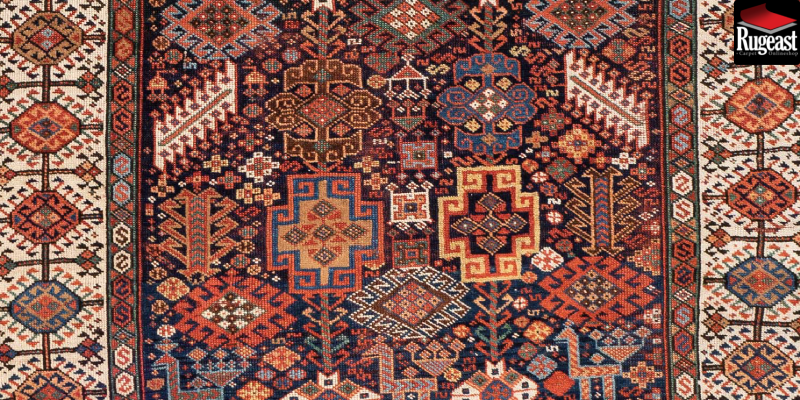
Lion Pattern
The lion is the most powerful land force. A carpet woven with the lion pattern was presented as a gift to Khans or powerful members of the tribe. Weaving this pattern aimed to attract positive forces for the person receiving this carpet.
Dog Pattern
The dog is a symbol of war and defense for the tribe and family. Sometimes, tribes wove carpets to depict events or wars from their time, and if someone could interpret the patterns, they could surely understand what was happening on the carpet with patterns of people, dogs, or other symbols.
Peacock Pattern
This beautiful bird does not have a good history in our culture and is known as a bird that seduces with its beautiful head and body but has ugly legs. This symbol has been used to ward off deception and fraud in carpets.
Man and Woman Pattern
If you see an image of a man and a woman on a carpet, blanket, tapestry, or any other handwoven piece, don’t be surprised. This pattern is woven for people who do not have children, or it is a charm for a newlywed couple, and the belief is that this symbol of high fertility is very effective.
Summary:
Patterns on carpets are one of the attractions and essential elements in the art and industry of carpet weaving. These patterns are designs woven into the surface of the carpet, providing it with beauty, diversity, and added value.
Carpet patterns can be geometric, floral, botanical, animal, symbolic, and examples from various cultures, history, and literature. Each of these patterns has its own concepts and stories associated with the history and culture of a region or ethnicity.
Carpet patterns not only contribute to the external beauty and attractiveness of the carpet but also enhance its value. A carpet with precise and artistic patterns is an interpretation of the taste and skill of the weavers and designers.
German carpet weavers utilize their various techniques and creativity to create unique patterns that exceed expectations. They employ precise details and color combinations to weave creative and beautiful patterns on the carpets.
Considering the history and significance of carpet patterns in German culture, it can be said that these patterns are not just a decorative element but represent the identity and cultural values of Germany. Each carpet pattern carries its own story, showcasing the integrity and stability of German culture.

